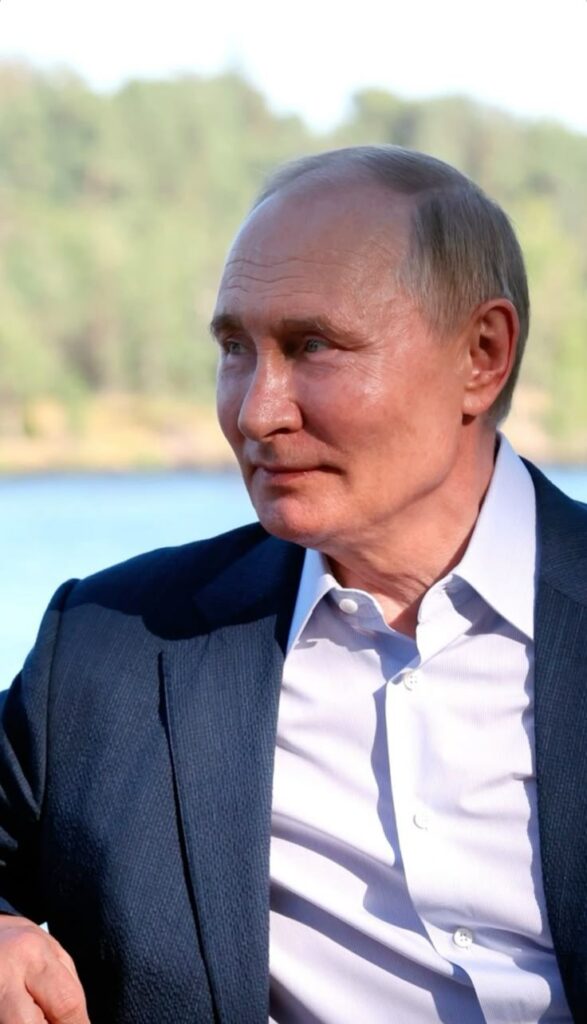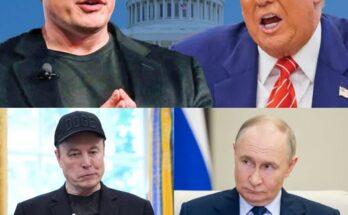
Russian President Vladimir Putin has recently expressed conditional support for a U.S.-proposed 30-day ceasefire in Ukraine, emphasizing the need to address the underlying causes of the conflict to achieve a lasting peace.
Putin’s Stance on the Ceasefire Proposal
During a press conference with Belarusian President Aleksandr Lukashenko, Putin acknowledged the U.S. initiative but underscored that any ceasefire must lead to a durable resolution. He raised concerns about the effectiveness of a temporary halt in hostilities and questioned how such a period might be utilized by the parties involved.
Russia’s Conditions for Peace
Putin outlined several key conditions that Russia deems essential for a ceasefire agreement:
- Territorial Adjustments: Russia insists on Ukraine recognizing the annexation of Donetsk, Luhansk, Kherson, and Zaporizhzhia oblasts, including areas not currently under Russian control.
- Neutrality and NATO: Ukraine must abandon its aspirations to join NATO and adopt a neutral stance, refraining from developing nuclear weapons.
- Sanctions Relief: The lifting of Western sanctions against Russia is considered a prerequisite for peace.
- Rights of Russian-Speakers: Ensuring the rights and freedoms of Russian-speaking citizens in Ukraine is a significant concern for Moscow.
International Reactions
Ukrainian President Volodymyr Zelenskyy has expressed skepticism regarding Russia’s intentions, characterizing Putin’s demands as ultimatums reminiscent of historical aggressions. He compared the situation to past instances where territorial concessions were demanded under the guise of peace.
Experts suggest that Putin’s approach may be a strategic maneuver to buy time and weaken Ukraine’s negotiating position. By presenting conditions that are unlikely to be accepted, Russia could aim to create divisions between Ukraine and its Western allies, potentially leading to reduced support for Kyiv.
Ongoing Diplomatic Efforts
The U.S. administration continues to engage in diplomatic discussions with Russian representatives. Special envoys are actively working to explore avenues for a ceasefire and address the broader geopolitical implications of the conflict.
In parallel, international bodies are considering various proposals to facilitate peace talks. China and Brazil, for instance, have advocated for an international peace conference with equal participation from all parties, aiming for a fair discussion of all peace plans.
Conclusion
While Putin’s remarks indicate a potential openness to a ceasefire, the stringent conditions set forth by Russia present significant challenges to advancing peace negotiations. The international community remains watchful, recognizing the complexities involved in reconciling the differing positions of the parties involved. The path to a sustainable peace in Ukraine requires careful navigation of these intricate geopolitical dynamics.


